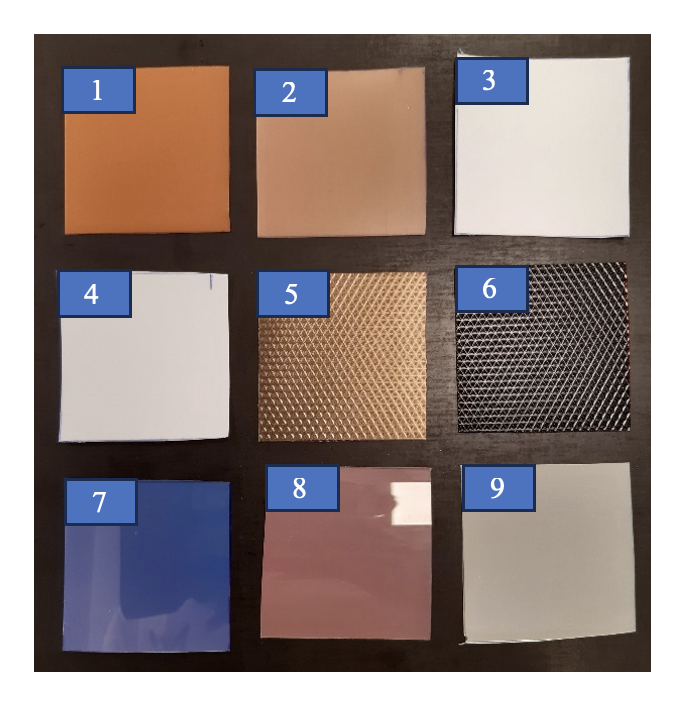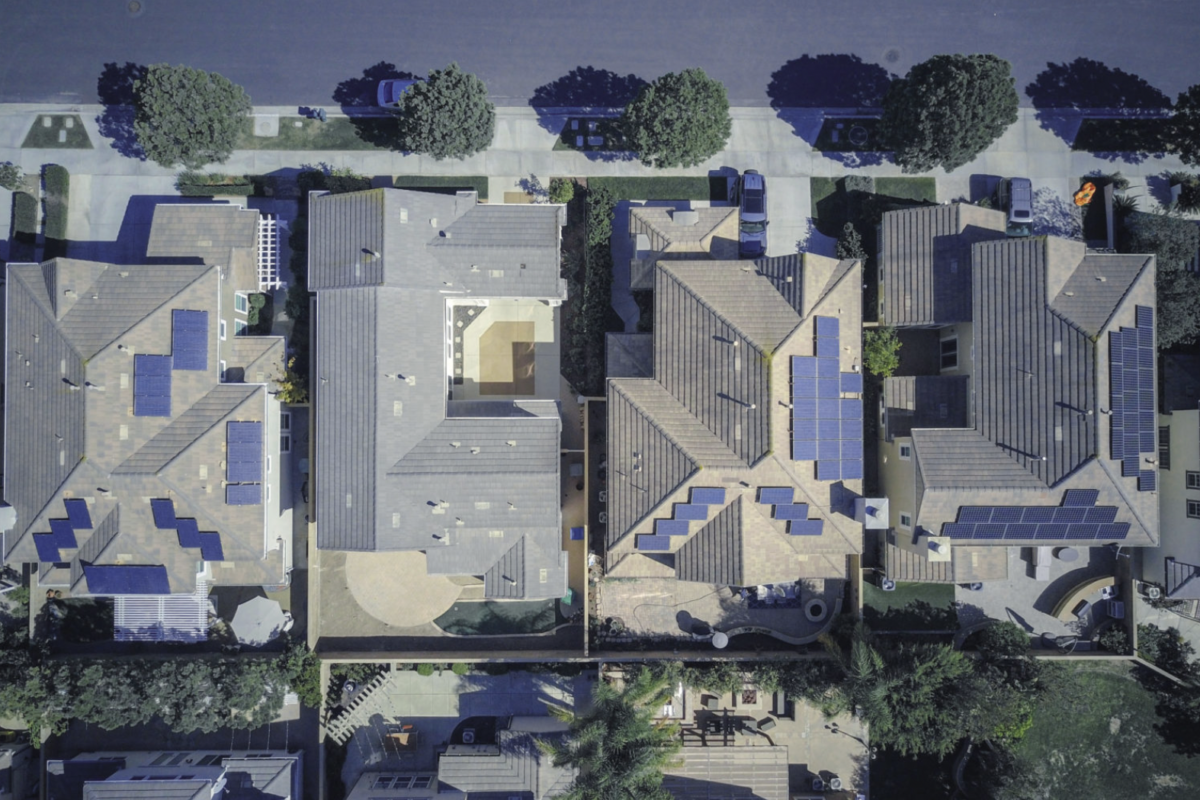From pv magazine France
French CIGS specialist Solarcloth is seeking to integrate color into its flexible CIGS photovoltaic modules.
The company tested and compared three colored solutions: MorphoColor interference sheets from the German Fraunhofer Institute; ColorQuant interference encapsulants from the German company Lenzing Plastics; and diffuser films from Switzerland-based Solaxess.
The company's CEO, Alain Janet, told pv magazine France that the technologies tested were selected based on seven main criteria, specifically, yield degradation, the impact of coloring materials on the product and the environment, reliability, angular stability of the color, cost, the volume of inventory required, and the potential for scaling up to industrial scale.
“Colored PV is a fairly new playing field, where it is difficult to balance – to date – stability, cost in terms of industrial scale, and customer expectations in terms of performance and visual appeal,” said Janet.
Fraunhoser’s MorphoColor solution is based on a stack of thin layers allowing an effect of successive reflections, interferences and diffractions that result in an angular distribution of the color in space. The stack has a thickness of approximately 800 nm and can be deposited by pyrolysis spray on a transparent polyethylene terephthalate (PET) substrate that can be integrated into the module between two layers of encapsulant.
“The efficiency losses generated are very low, of the order of 6% of the original cell efficiency, even for white or gray films. We observed very good homogeneity and saturation of the color using a black backsheet,” said Paul Rivas, a student in Nanoscience and Nanotechnology, who conducted the study internally during his internship at SolarCloth. However, he explains that “the fragility of the PET substrate and the poor adhesion of the nano-print tested in the spring have pushed back their implementation to the end of 2024.”
The ColorQuant interference encapsulants from Lenzing Plastics have shown very good resistance between the sheets and on the backsheets used. “But there is a clear mismatch between the colored sheet on the front face and the frontsheets used by SolarCloth. Also, the low saturation of the perceived color is not very pleasant and not very effective in hiding the cells,” said Janet.
The diffuser films from the Solaxess company, for their part, showed stable aging and good aesthetics. On the other hand, the device had poor adhesion performance and significant yield losses, “especially for light gray and white films.”
The MorphoColor interference sheets from the German Fraunhofer Institute, with which SolarCloth has signed a development agreement, present the most promising results. “We are leaning towards this solution, subject to improved adhesion and a competitive price for the MorphoFlex version,” stated Janet, noting that the yields obtained are “very encouraging” and the technique is “a little more expensive, but reasonable.” Once the solution has been validated, the modules will be directly “tinted” by SolarCloth.
This content is protected by copyright and may not be reused. If you want to cooperate with us and would like to reuse some of our content, please contact: editors@pv-magazine.com.




By submitting this form you agree to pv magazine using your data for the purposes of publishing your comment.
Your personal data will only be disclosed or otherwise transmitted to third parties for the purposes of spam filtering or if this is necessary for technical maintenance of the website. Any other transfer to third parties will not take place unless this is justified on the basis of applicable data protection regulations or if pv magazine is legally obliged to do so.
You may revoke this consent at any time with effect for the future, in which case your personal data will be deleted immediately. Otherwise, your data will be deleted if pv magazine has processed your request or the purpose of data storage is fulfilled.
Further information on data privacy can be found in our Data Protection Policy.